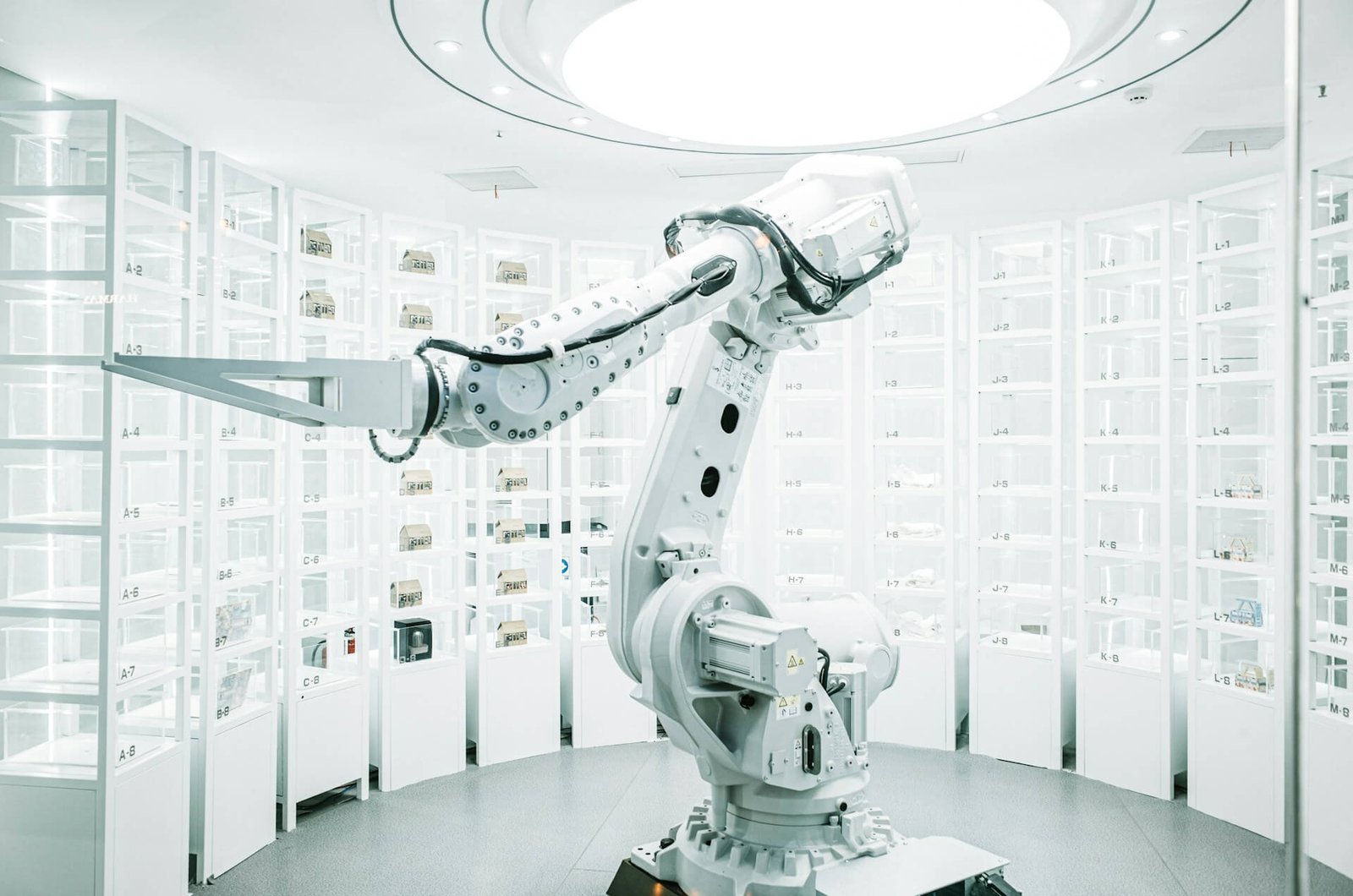Large Action Models: Pioneering Human-AI Interaction in Robotics

In an era where technology is advancing at an unprecedented pace, the Rabbit Research Team has introduced a groundbreaking development in artificial intelligence: the Large Action Model (LAM).
The LAM is not just another incremental step in AI development; it represents a quantum leap in how machines perceive and execute human actions within computer applications. By integrating complex algorithms and deep learning techniques, LAMs can interpret nuanced human commands and translate them into a series of actions, enabling a more intuitive interaction between humans and machines.
What sets LAMs apart is their ability to learn from a vast array of human behaviors, allowing them to anticipate and adapt to new tasks with remarkable accuracy. This is particularly beneficial in robotics, where the need for precision and adaptability is paramount. Robots equipped with LAMs can perform intricate tasks that were once thought to be exclusively within the realm of human capability.
For instance, in a manufacturing setting, a robot with a LAM can not only assemble components with precision but also adapt to new assembly processes without extensive reprogramming. This adaptability reduces downtime and increases efficiency, leading to significant cost savings and higher productivity.
In the healthcare sector, LAM-powered robots are revolutionizing patient care by assisting with surgeries, rehabilitation, and routine tasks, all while learning and improving their performance over time. The ability of these robots to understand and execute complex, multi-step actions with human-like dexterity ensures that they can support healthcare professionals in delivering better patient outcomes.
The implications of LAMs in robotics are vast and varied, from enhancing the capabilities of service robots in hospitality to enabling exploration robots in hazardous environments. As this technology continues to evolve, it promises to unlock new possibilities and redefine the boundaries of human-robot collaboration.
The pioneering work of the Rabbit Research Team has set the stage for a future where LAMs are integral to our daily lives, seamlessly blending the physical prowess of robotics with the cognitive power of AI. The Large Action Model is not just a technological marvel; it’s a beacon of a more interconnected and intelligent future.

